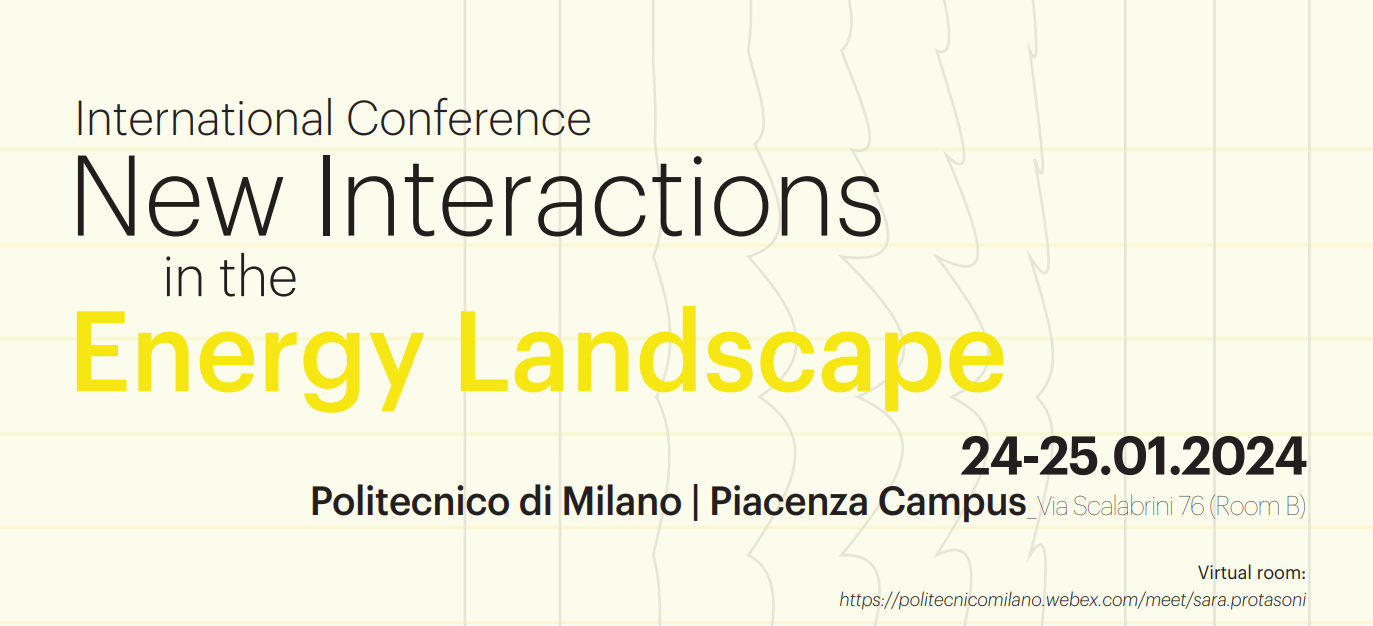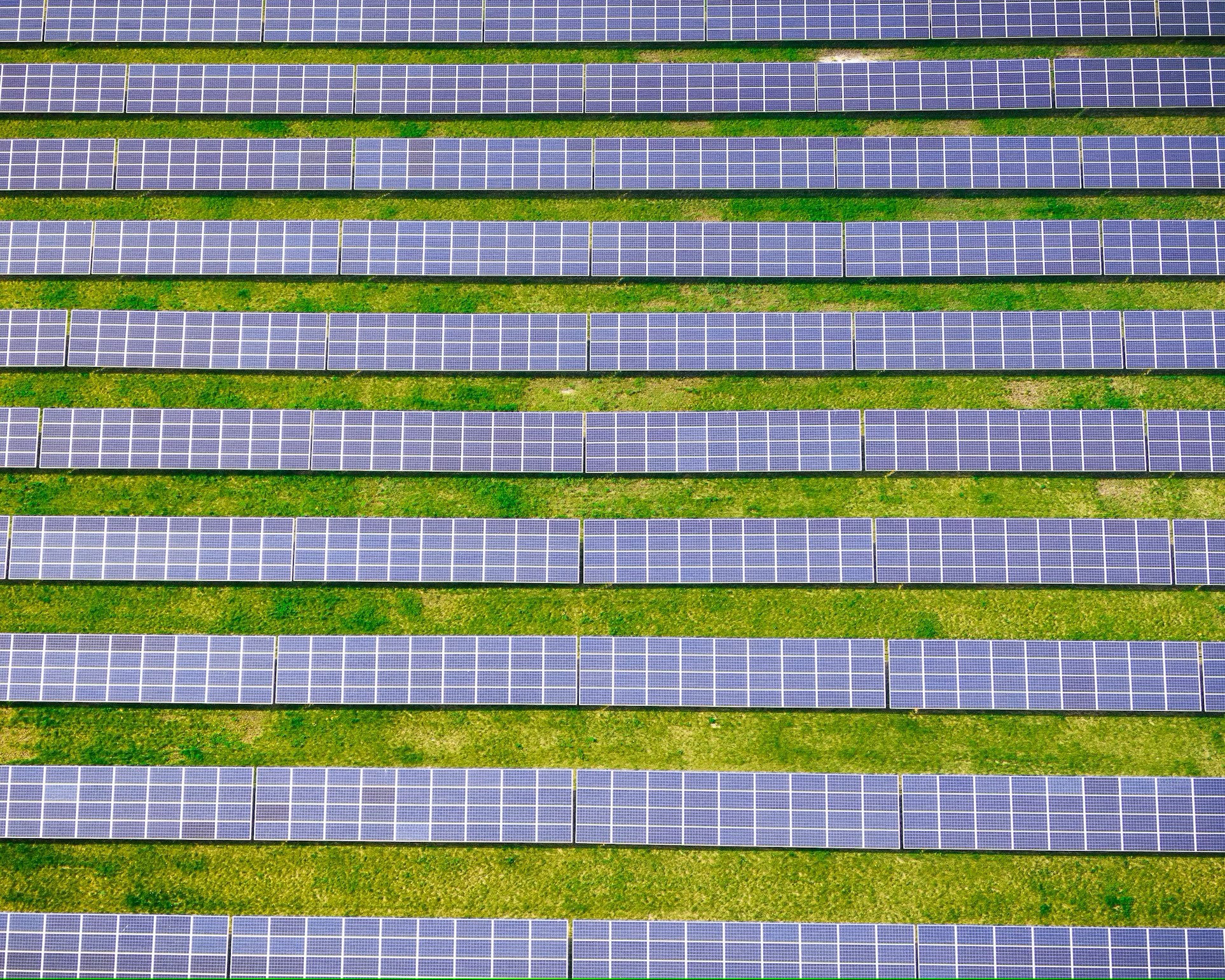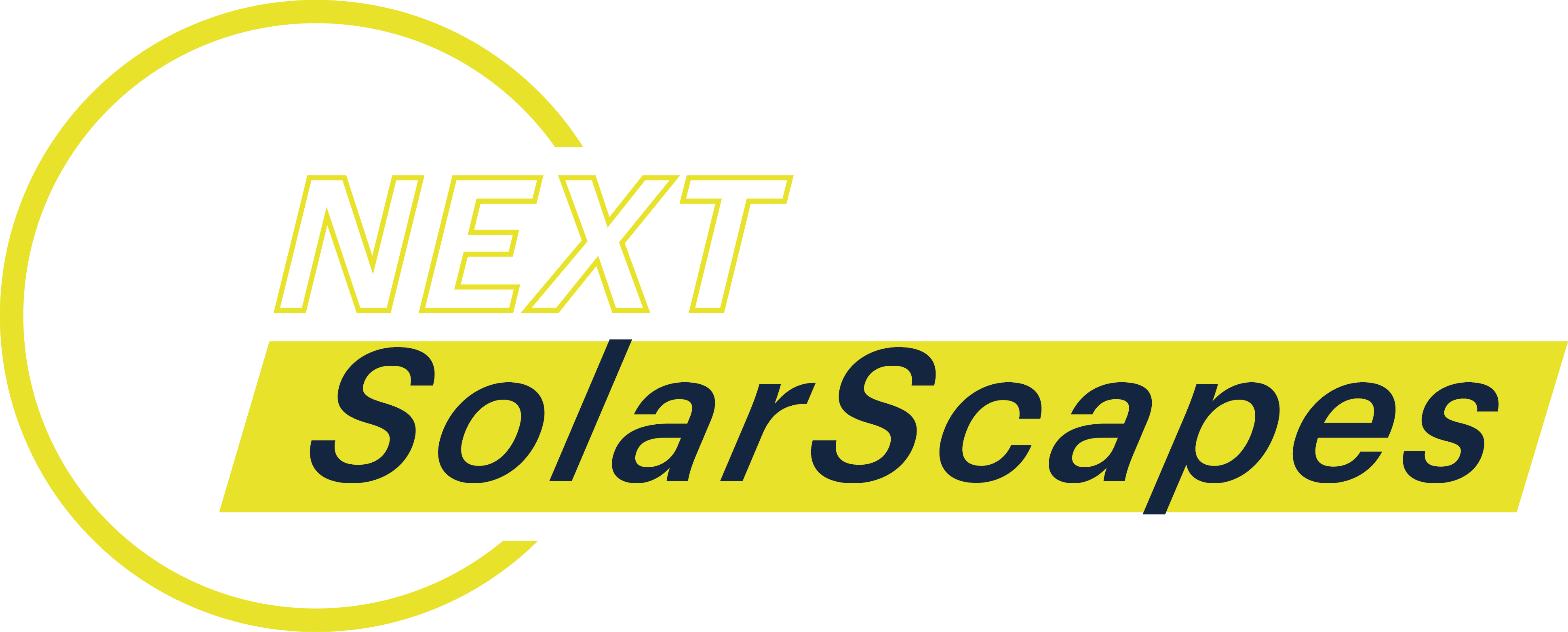NEXT
SOLARSCAPES
Who
We
Are
ONE CONSORTIUM
3 UNIVERSITIES

Politecnico di Torino
E. Vigliocco, R. Ingaramo, M. Robiglio, N. Spanò, with E. Guidetti, I. Tonti and R. Ronzani.
(RU1) skilled in the field of architectural and urban project with a focus on the relationship between urban settlements and territory and on strategies for a coherent and sustainable urban development; RU1 exploits the Geomatics Lab for Cultural Heritage (G4CH) for integration and modelling of geographic and spatial information (BIM-GIS-oriented).

Politecnico di Milano
S. Protasoni, M. Brenna,
with G. Cazzaniga
(RU2), skilled in the field of landscape architecture with a specific focus on the relationship between infrastructure and landscape and in the field of environmental and economic sustainability of the electrical and energy systems, of the electrical systems for transport in the context of smart cities.

Università di Torino
A. Reyneri di Lagnasco
(RU3) skilled in the field of agronomy, agricultural ecology and agricultural systems through national and international research projects. Previous experiences on territorial models and on the agricultural landscape through an upscaling process from the parcel to the territory, providings the specific competence on the agro-ecological issues.
OUR RESEARCH PROJECT IN NUMBERS
24
MONTHS
13
EXPERTS
3
universities
Photovoltaic energy is an important industrial asset for our future because it will contribute to allow us to be energy self-sufficient. This strategic asset, undergoing significant development, is mainly recognized as an energy resource and not as an opportunity to rethink the culture of the landscape. If many investigations are active in the field of the integration of photovoltaic in buildings, in agriculture (agrivoltaic) or in the use of floating systems, the studies on the decommissioning or revamping of photovoltaic fields are at the beginning and scientific literature is not sufficiently advanced. The research is innovative because it fills a lack of knowledge.
About 83 millions of modules – 16 GW of production power – will reach the end of life in the period 2029-2032. Because at the moment in Italy 22 GW of production power are installed and that Sustainable Agenda 2030 asks for new 40 GW, the reuse and redesign of existent photovoltaic fields becomes urgent. In addition, the recent emergency in the procurement of raw materials (e.g. wheat and corn) has highlighted the need to rethink the Italian agricultural layout to make it more self-sufficient.
The research project intends to promote new knowledge about reuse and redesign – decommissioning and revamping – of photovoltaic fields at the end of life. Reusing and redesign these photovoltaic fields can play an important role in both the construction of a new energy policy and the renovation of the landscape culture. It can be an important driver of growth jobs and economic development of sub-urban areas in which solar fields are located – in particular southern Italian regions.
The research intends to identify innovative interpretative methods that through the optimization of the land use can decrease the degraded and unused areas. The research investigates the opportunities offered by reuse and redesign of photovoltaic fields in order to develop new settlement models which can mend impoverished and fragmented landscapes and also offer the partial recovery of agricultural productions.
The research increases the awareness that only a new systemic alliance between energy production needs and food production needs can active preserve and enhance the Italian landscape. The research methodology could be expanded to different contexts since these infrastructures are widespread all over Country.
Since photovoltaic fields and reuse and redesign opportunities that they offer are a phenomenon with similar characters in different Regions, the research project fosters the identification of a shared knowledge and the development of an Italian landscape strategy.
Due to a creative partnership, the research will contribute in the process of definition and adoption of the best policies and practices (Good Practice Toolkit, D3) addressed to policy makers and practitioners to increase the environmental, social, cultural and economic impact of reuse and redesign of photovoltaic fields.
The research project intends to focus on the renovation of photovoltaic fields at the end of life, which are spread in all the country, as extraordinary opportunity to demonstrate how their renovation (in terms of decommissioning or revamping) can be a unique, large and powerful engine of regeneration, sustainable development, ecological renovation and economic growth for these territories. For the first time, the project will propose concrete ways through which to overcome this lack of knowledge and make the national community aware of the activities that could be carried out to facilitate the renew process of this legacy and of the territories on which it stands creating new synergies in their ecological system.
In the near future, new large photovoltaic fields will be built in particular in those Regions in which the solar radiation is more performing and in which many photovoltaic fields already stand (e.g. Apulia and Sicily). More than this, the peculiarity of photovoltaic fields is that they occupy sites that had agricultural purposes. The idea is that identifying a method for the regeneration of end-life photovoltaic fields can optimize the use of soil reducing negative effects (e.g. desertification).
The research program intends to promote landscape innovation through the design of a method aimed at providing both the enhancement of the photovoltaic energy and the creation of new opportunities for settlements and agricultural development in sites, which are nowadays affected by a phenomenon of desertification and climate change. Understanding the photovoltaic impact on soil and territories, identifying strategies for its renovation, facilitating its knowledge can certainly contribute also to re-establish the synergies between local communities and companies interested in renewable energy production. The research aims at overcoming the tension between productive needs (in terms of energy and agricultural products) and landscape and environmental protection needs (European Council, 2005).
Motivation for the project
(1) Lack of knowledge in the field of the ecological impact of photovoltaic fields.
(2) Urgency related to the imminent decommissioning of photovoltaic fields.
(3) Absence of strategies for the renewal of the areas occupied by old photovoltaic fields.
(4) Need to reconnect energy production and agricultural production.
(5) Reduce the tensions between landscape and environmental protection needs and production needs.
The research project intends to promote a new landscape culture. The project has the ambition to develop a more widespread awareness of the strategic and environmental value of the reuse and redesign of photovoltaic fields. The research project will establish a link between this industrial asset and the environmental resources of the territories in order to reconstruct the alliance between energy production and agricultural production and protection of the landscape and ecosystems.
The research project has three macro objectives:
1) to strengthen the strategies aimed at contrast land consumption (even when not irreversible). In order to achieve this result, the project will develop a Good Practice Toolkit (D3) that could lead the actions of policy-makers (at national and regional level), local administrations (municipalities), private companies active in renewable energy and in agriculture.
2 ) to promote an innovative approach to landscape culture through the integration of different disciplines. This objective is split in the following sub-objectives:
- to increase knowledge on the ecological impact on land of large photovoltaic fields (D1: Knowledge portfolio);
- through the analysis of the selected case studies, to identify Solar landscapes innovative atlas (D2) for the renewal of landscapes affected by photovoltaic fields.
- to promote the renewal of territories impoverished by the presence of large photovoltaic fields in order to increase their value (D3: Good Practice Toolkit).
- to promote the awareness that sustainable development can only take place through landscape mending and recycling practices (D3: Good Practice Toolkit).
3) to reduce the gap between the needs of landscape and natural environment protection and the needs related to the achievement of the European Green Deal goals in a phase of acute crisis in the procurement of raw materials (D3: Good Practice Toolkit).
The research project intends to develop a Good Practice Toolkit (D3) for the renewal of photovoltaic fields at the end of life integrated into the territory. To do so, it articulates in 3 steps.
The first research step (WP1) is the identification and analysis of the national and international scientific literature on decommissioning and revamping experiences of photovoltaic fields and on the environmental criticalities produced by their impact on soil.
The second step (WP2) consists of mapping and testing applied to the selected case studies. The landscape analysis will be developed by GIS tools that will be supported by information and layers shared by Regional geographic and spatial data infrastructures.
The third step (WP3), evaluating the results of both WP2 and the survey on Italian solar landscapes will identify criticalities and potentialities connected to the renewal of photovoltaic fields.
Exploitable results
D1 Knowledge portfolio (M6) through which successful regeneration approaches will be assembled, classified on the basis of their results. The Knowledge Portfolio will include the comparative analysis of the case studies investigated highlighting missing activities and strategies necessary to improve their effectiveness. Furthermore, capitalizing the available data, the Knowledge Portfolio will show the distribution and consistency of photovoltaic fields in Italy.
D2 Solar landscapes innovative atlas (M18). Operational intervention models for the design of the renewal of PV fields on the ground at the end of their life integrated into the territory.
D3 Good Practice Toolkit (M24). The TOOLKIT could fill the lack in the national panorama of an easy-to-consult document, which allows technicians, scholars, various political decision-makers and administrators, public opinion to know the full range of interpretative categories, operational tools, possible technical solutions on the subject.
events

Kick off
Politecnico di Milano, Piacenza 24-25 gennaio 2024

international workshop2000
Politecnico di Torino, Torino, Novembre 2024 (coming soon)
bUILDING
Sustainable futures
“Lorem ipsum dolor sit amet, consectetur adipiscing elit. Suspendisse varius enim in eros elementum tristique. Duis cursus, mi quis viverra ornare.”
Latest
STEPS





